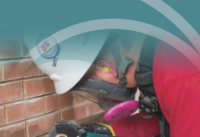OSHA Changes Maximum Citations and Penalties
If OSHA knocked on your door tomorrow, would you be prepared?
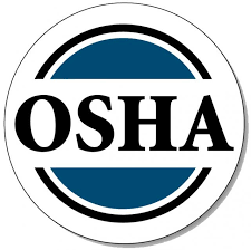
The significance to this change means for each instance of a violation, a serious penalty can be proposed. OSHA is allowed to cite on a per machine, per location, per employee exposed, etc. so you can see how this can increase penalty amounts. Historically, OSHA groups each instance of the violation and issues one citation and penalty. Now, each instance is issued with a citation and penalty.
As an example, prior to this change if five employees were roofing a building and no fall protection was in place, one citation would be written with an average serious penalty of $5,500. With IBI changes, a citation for each employee can be issued thereby increasing the proposed penalty to $27,500!
When one combines this with the increase maximum penalties, if OSHA knocked on your door tomorrow, would you be prepared? The detailed maximum penalties OSHA memo released on December 20, 2022 is found by clicking on this link.
The following table illustrates the liability employers may face with this new OSHA policy. This information is based on actual fines issued previously.
Choose ASSUREDCompliance® to protect your employees as well as your business. ASSUREDCompliance® is an annual partnership that applies H&A’s proven best practices to help your company ensure employee safety and avoid costly business disruptions. The best part? It’s about one-third of the cost of a full-time safety manager. And your regulatory compliance is guaranteed. If you incur a citation for something we should have managed, we pay for it.
To see examples showing how Hellman & Associates has helped companies minimize financial losses when their in-house compliance programs came up short, click here and download our solution brief.
Contact Hellman & Associates to learn more about how we can help you keep your valuable employees safe on the job.
OSHA Changes Maximum Citations and Penalties Read More »
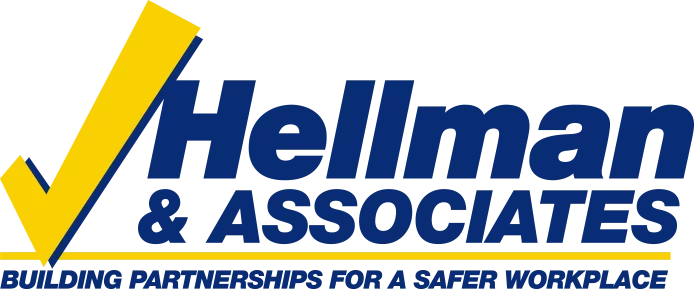
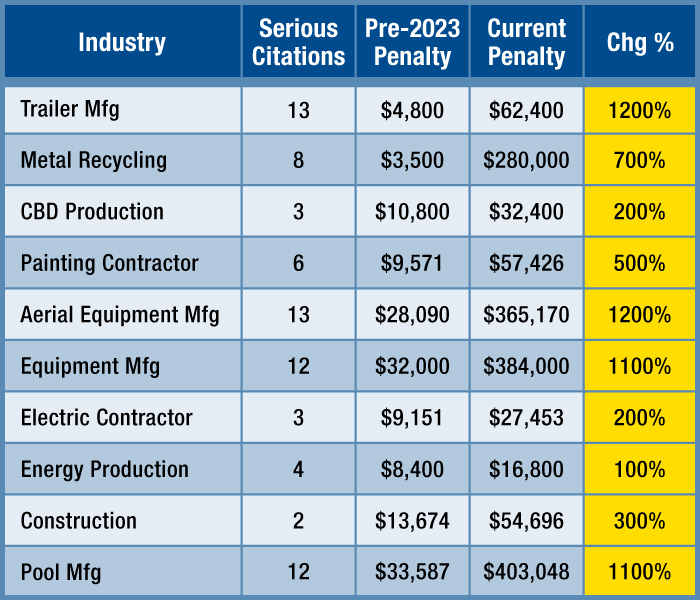
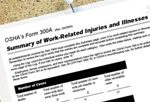 The summary must include the total number of 2022 job-related injuries and illnesses that were logged on your OSHA 300 form. If your company had no recordable injuries or illnesses in 2022, you must still post the form with zeros on the total line. All summaries must be certified by a company executive and remain displayed in a common area between February 1 and April 30, 2023.
The summary must include the total number of 2022 job-related injuries and illnesses that were logged on your OSHA 300 form. If your company had no recordable injuries or illnesses in 2022, you must still post the form with zeros on the total line. All summaries must be certified by a company executive and remain displayed in a common area between February 1 and April 30, 2023.
 Preliminary data from 2022 has been reported with fall protection (for the 12th year in a row) being the most cited standard. Ensuring safety and the health of employees happens when employers create and maintain a company-wide environment that starts with training and ends with standards compliance.
Preliminary data from 2022 has been reported with fall protection (for the 12th year in a row) being the most cited standard. Ensuring safety and the health of employees happens when employers create and maintain a company-wide environment that starts with training and ends with standards compliance. Hellman & Associates has seen a surge in OSHA regulatory engagement with companies during the past year. When it comes to compliance, Hellman & Associates can be the key to favorable results when facing potential violations. Hellman & Associates helps minimize financial losses when in-house compliance programs come up short.
Hellman & Associates has seen a surge in OSHA regulatory engagement with companies during the past year. When it comes to compliance, Hellman & Associates can be the key to favorable results when facing potential violations. Hellman & Associates helps minimize financial losses when in-house compliance programs come up short.
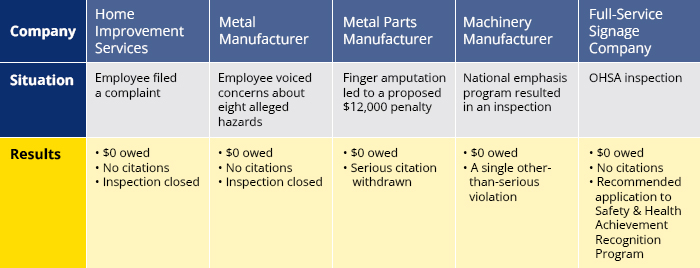
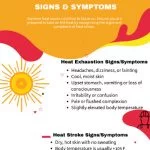 Hellman & Associates’ poster can be printed and place in your workplace. Share it with your employees to help them identify the signs and symptoms of heat stress so they know when to cool down before health risks set in.
Hellman & Associates’ poster can be printed and place in your workplace. Share it with your employees to help them identify the signs and symptoms of heat stress so they know when to cool down before health risks set in. 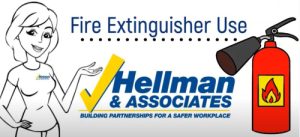 One of the many resources H&A provides you is an online toolbox library. It contains safety topics for general and construction industries. Each topic covers awareness-level information addressing the basics of common workplace safety hazards one can present in person or deliver to staff online.
One of the many resources H&A provides you is an online toolbox library. It contains safety topics for general and construction industries. Each topic covers awareness-level information addressing the basics of common workplace safety hazards one can present in person or deliver to staff online.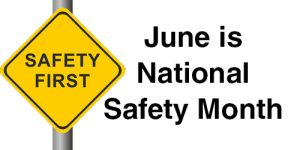 In 1996, the National Safety Council (NSC) established June as National Safety Month. The goal of this designation is to increase awareness of the leading safety and health risks with the goal to decrease the number of unintentional injuries and deaths.
In 1996, the National Safety Council (NSC) established June as National Safety Month. The goal of this designation is to increase awareness of the leading safety and health risks with the goal to decrease the number of unintentional injuries and deaths.